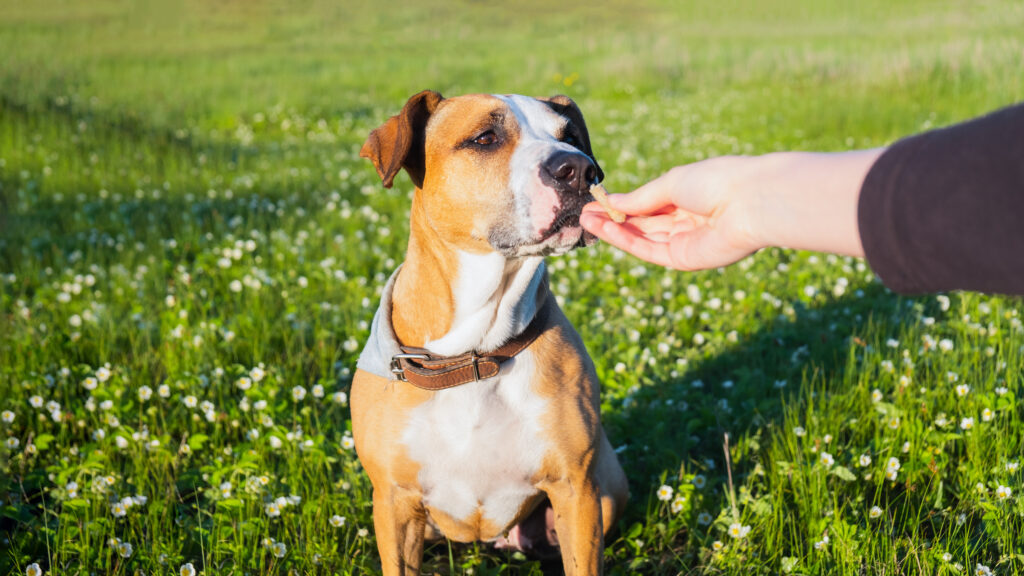
Dog Aggression Towards Toys: Decoding Causes and Solutions
Share
If you've ever observed your canine companion transform from a sweet, tail-wagging buddy into a growling, possessive creature over a simple squeaky toy, you're not alone. Many health-conscious pet owners are concerned about dog aggression towards toys. Understanding and addressing this behavior is crucial to maintaining peace in your household and ensuring the well-being of your dog. In this article, we delve into the causes, impacts, and strategies to mitigate this aggression, providing you with the knowledge needed to cultivate a harmonious relationship with your furry friend.

The Root Causes of Toy Aggression in Dogs
To effectively address dog aggression towards toys, we must first explore why it happens. Several factors can contribute:
Understanding Prey Drive in Dogs
Many dogs have an instinctual prey drive, making toys become surrogate 'prey' in their minds. This is especially noticeable in breeds with high hunting drives. This drive can escalate to a form of resource guarding when they perceive a threat to their 'possessions'.
For more on understanding resource guarding, consider our article on dog aggression towards owners.
Resource Guarding: More Than Just a Toy
Resource guarding isn't just about toys; it extends to food, spaces, and relationships. Dogs may growl, snap, or even bite to protect what they deem valuable. Recognizing early signs can prevent further escalation.
Training Techniques to Mitigate Aggression
Once the cause is understood, addressing dog aggression towards toys involves employing effective training methods:
Positive Reinforcement
Reward-based training is fundamental. Rewarding your dog when they respond positively to commands, especially in the context of shared playtime, can gradually shift their mindset from one of protection to cooperation.
Explore more training strategies in our guide on aggression towards children.
Controlled Play Sessions
Supervised play in a controlled environment with designated toy time helps manage resource guarding. Engage in activities where the dog is rewarded for surrendering the toy voluntarily.
For comprehensive playtime tips, check out Medivet's guide on training your dog.
When to Seek Professional Help
If your dog's aggression becomes unmanageable, or if safety is a concern, it is essential to seek help from professionals who can tailor solutions to your dogs specific needs. Understanding when and how to intervene can be critical in resolving persistent issues.
Consultation with a Dog Behaviorist
A professional can provide insights and craft a personalized training plan. They are equipped to delve deeper into behavioral nuances and address specific triggers.
To assist in choosing the right expert, see our advice on aggression towards cats and how expert consultation helped.
Integrated Training Programs
Programs that involve both the pet owner and dog increase the likelihood of success. These holistic approaches combine one-on-one training and group sessions to reinforce desired behaviors.

FAQs
Q1: Can certain dog breeds be more prone to toy aggression? Yes, some breeds with a naturally higher prey or guarding drive might display more notable aggression towards toys.
Q2: How can I tell if my dog's aggression is out of control? If your dogs aggression escalates to frequent biting or protective behavior that is harmful to others, it is crucial to seek professional assistance.
Q3: What toy types are best for dogs prone to aggression? Sturdy, non-squeaking toys might trigger less aggressive behavior. Testing toys under supervision to find the best fit is advisable.
For further reading on managing specific canine behaviors, consider exploring options like handling barking at strangers.
Addressing dog aggression towards toys requires patience, insight, and the right strategies. By understanding the causes, adopting effective training techniques, and knowing when to seek professional help, you can create a peaceful environment for your dog and secure the well-deserved title of a health-conscious, informed pet owner.
This article contains affiliate links. We may earn a commission at no extra cost to you.
